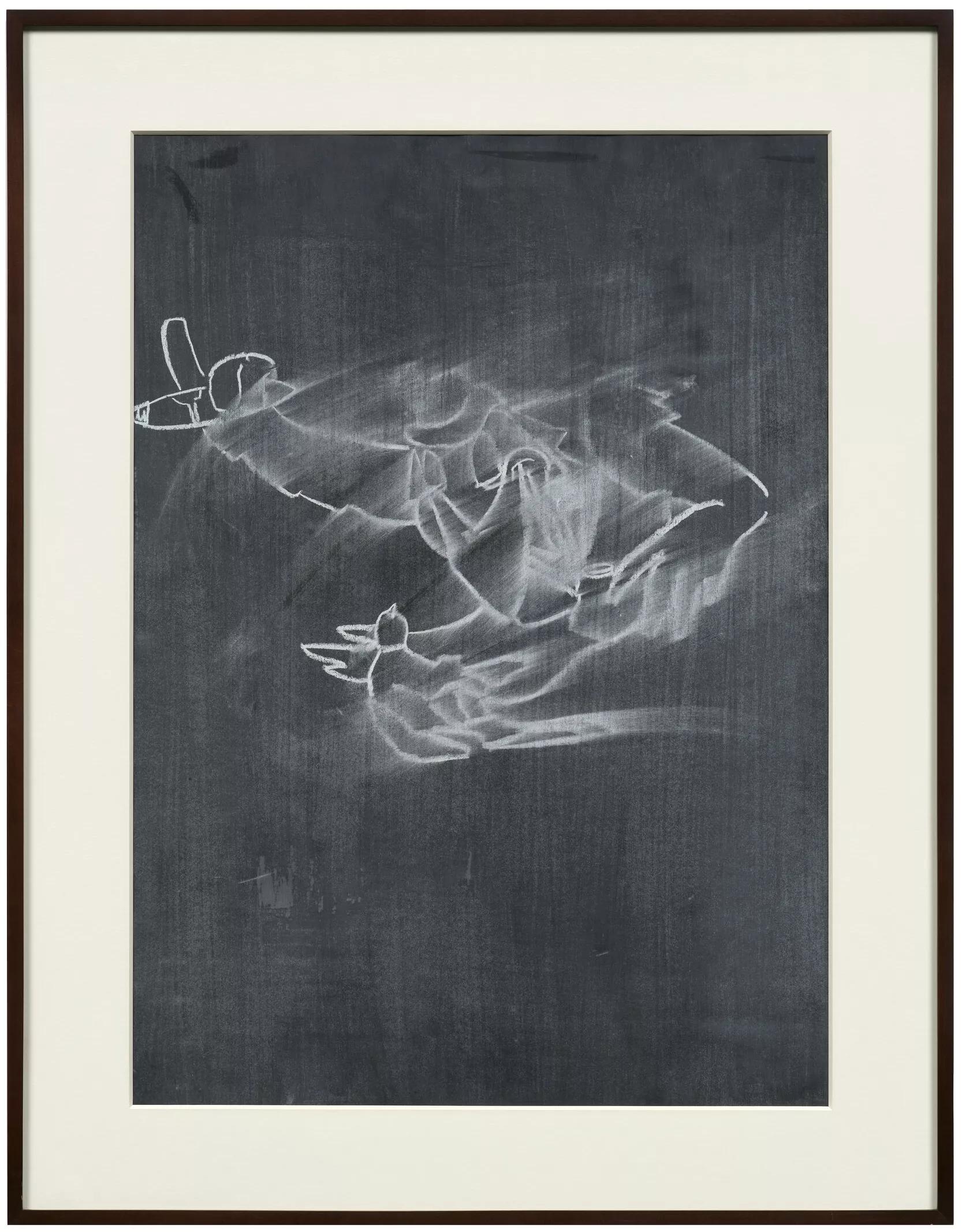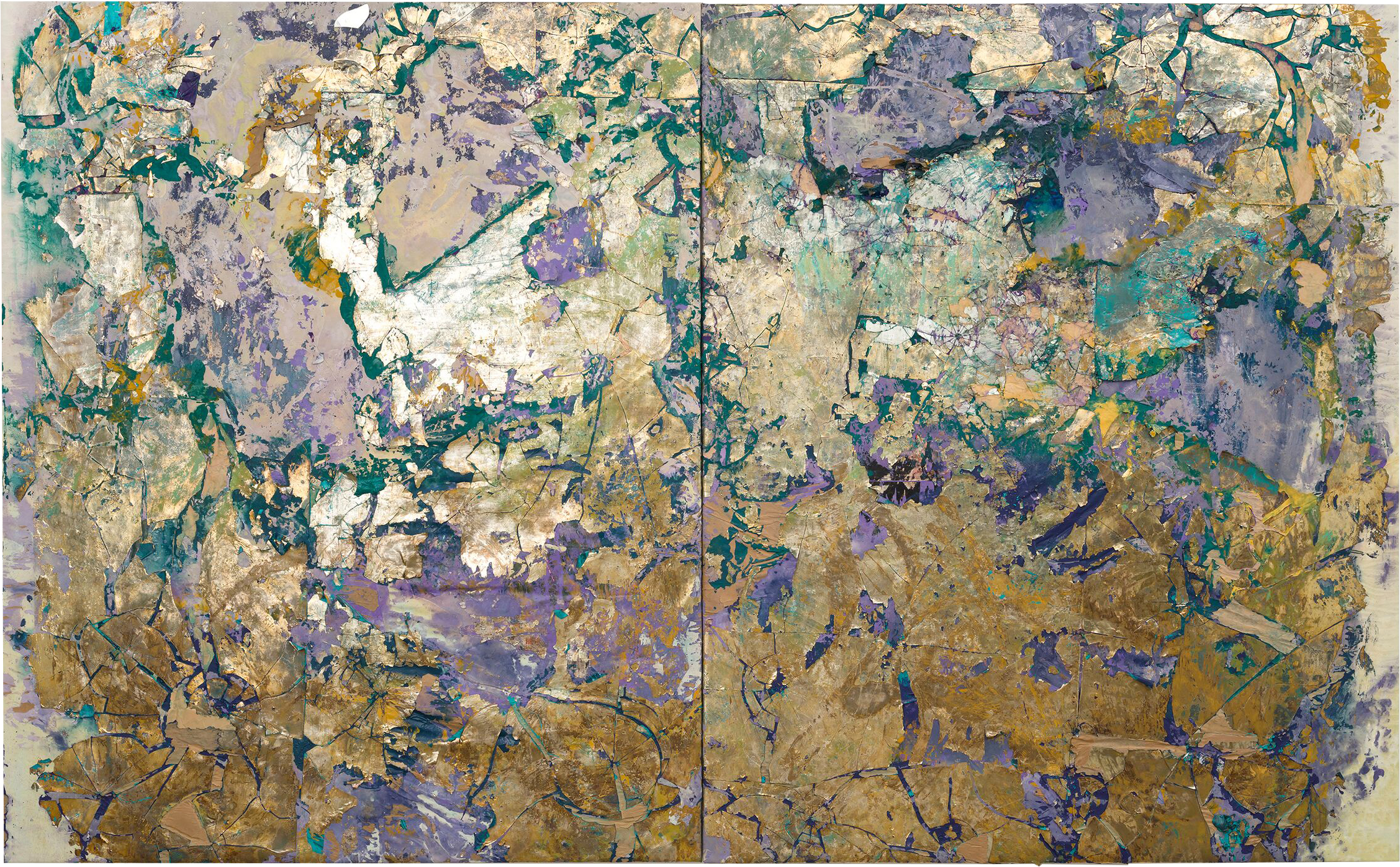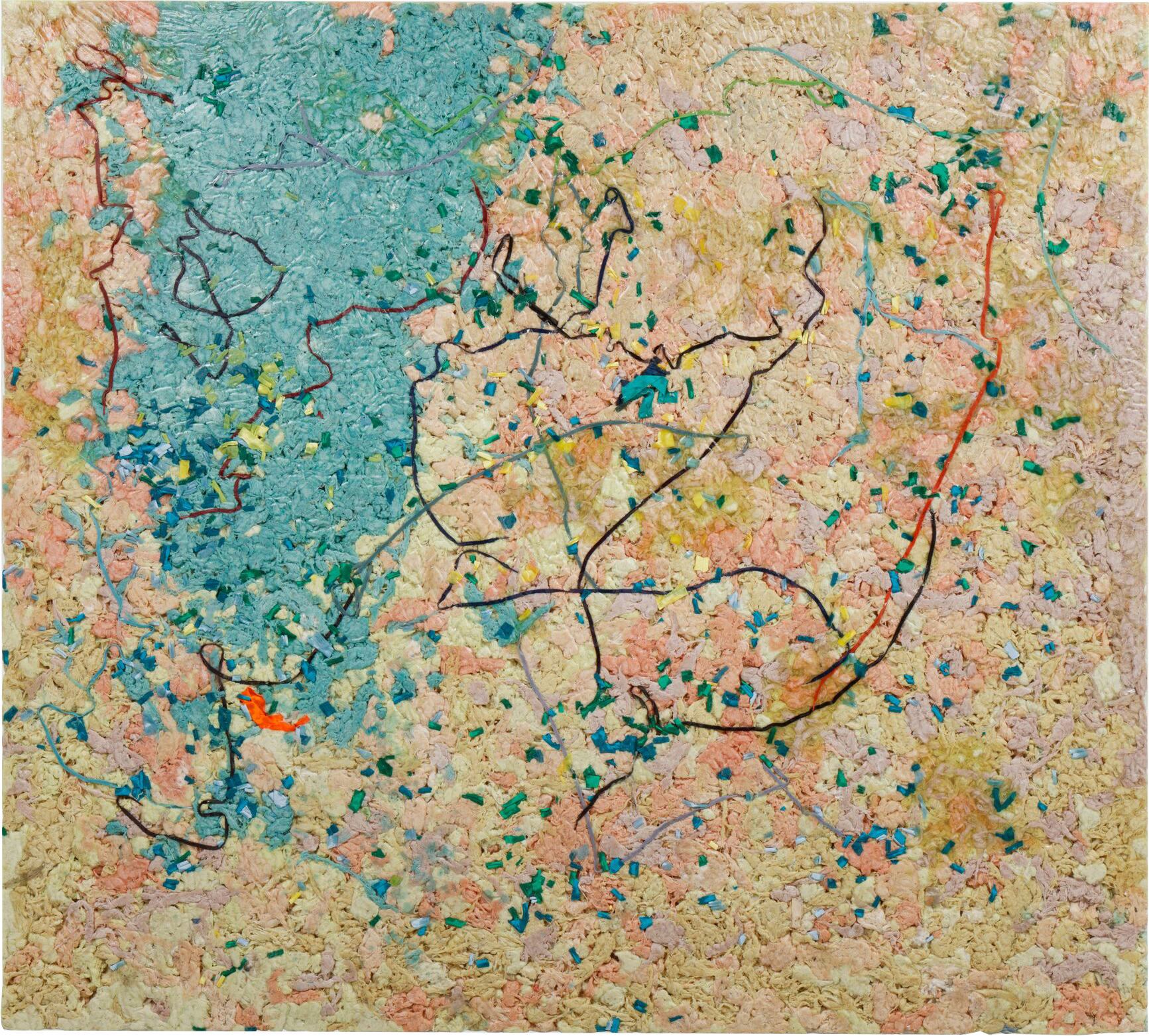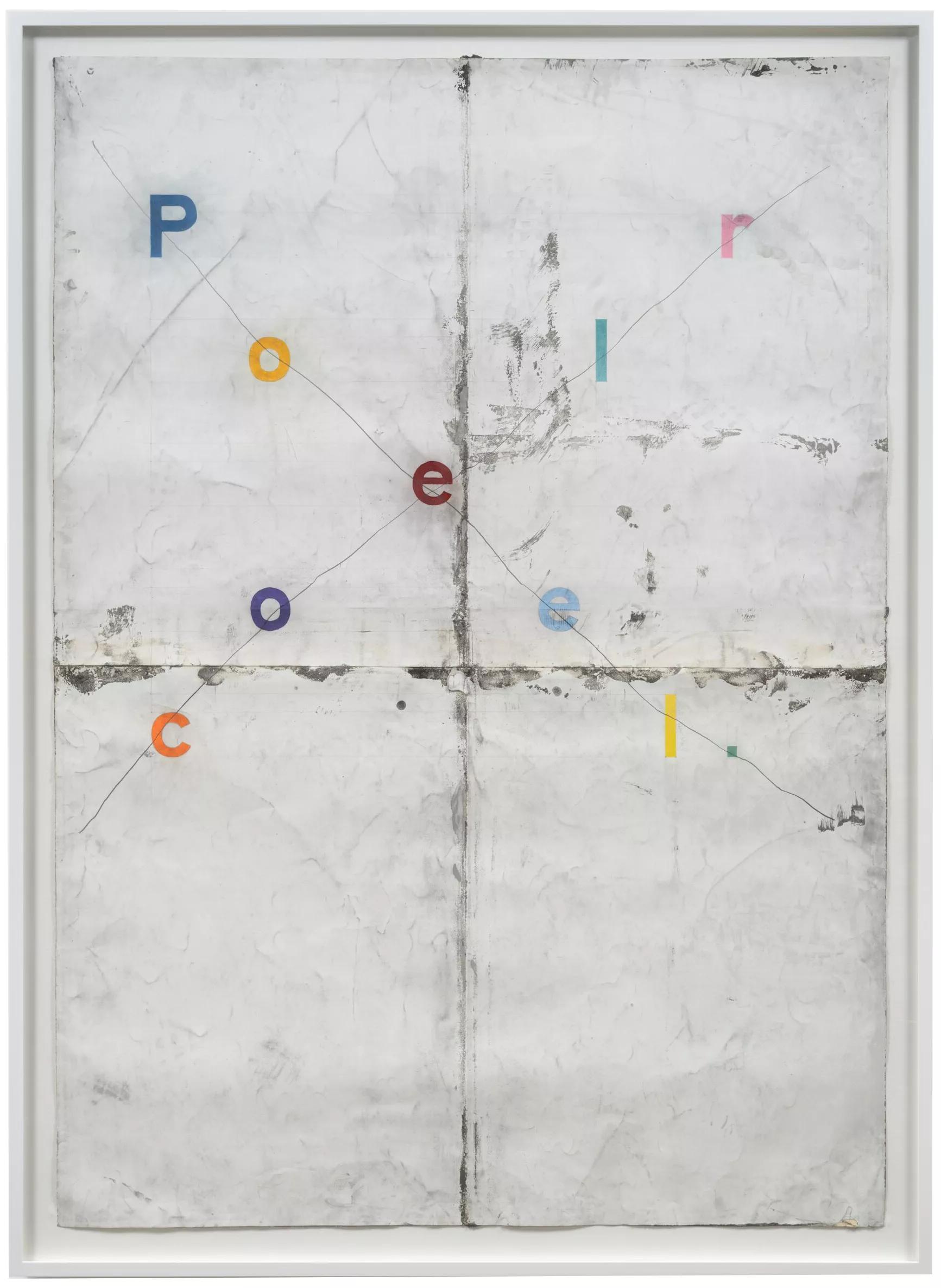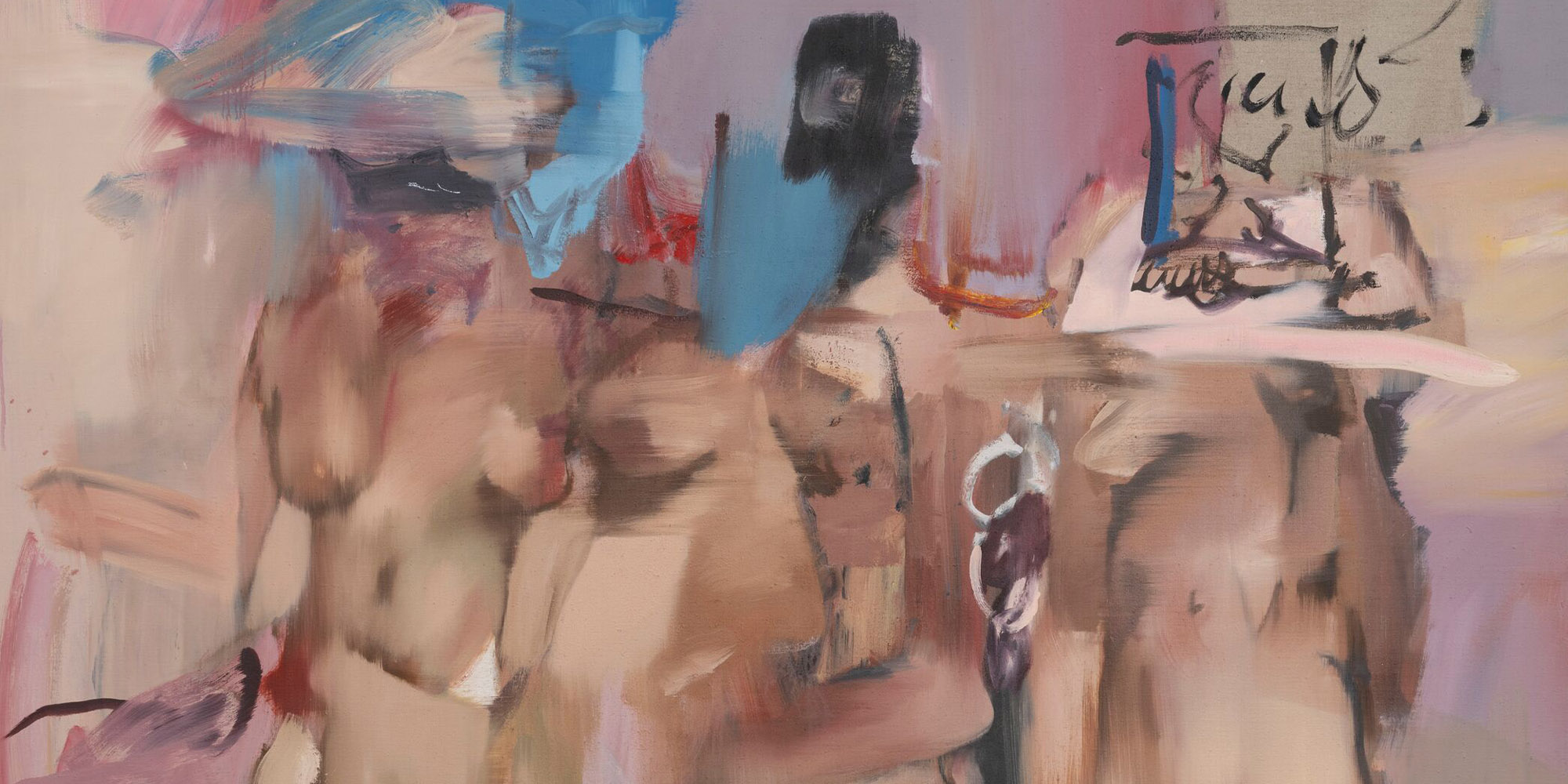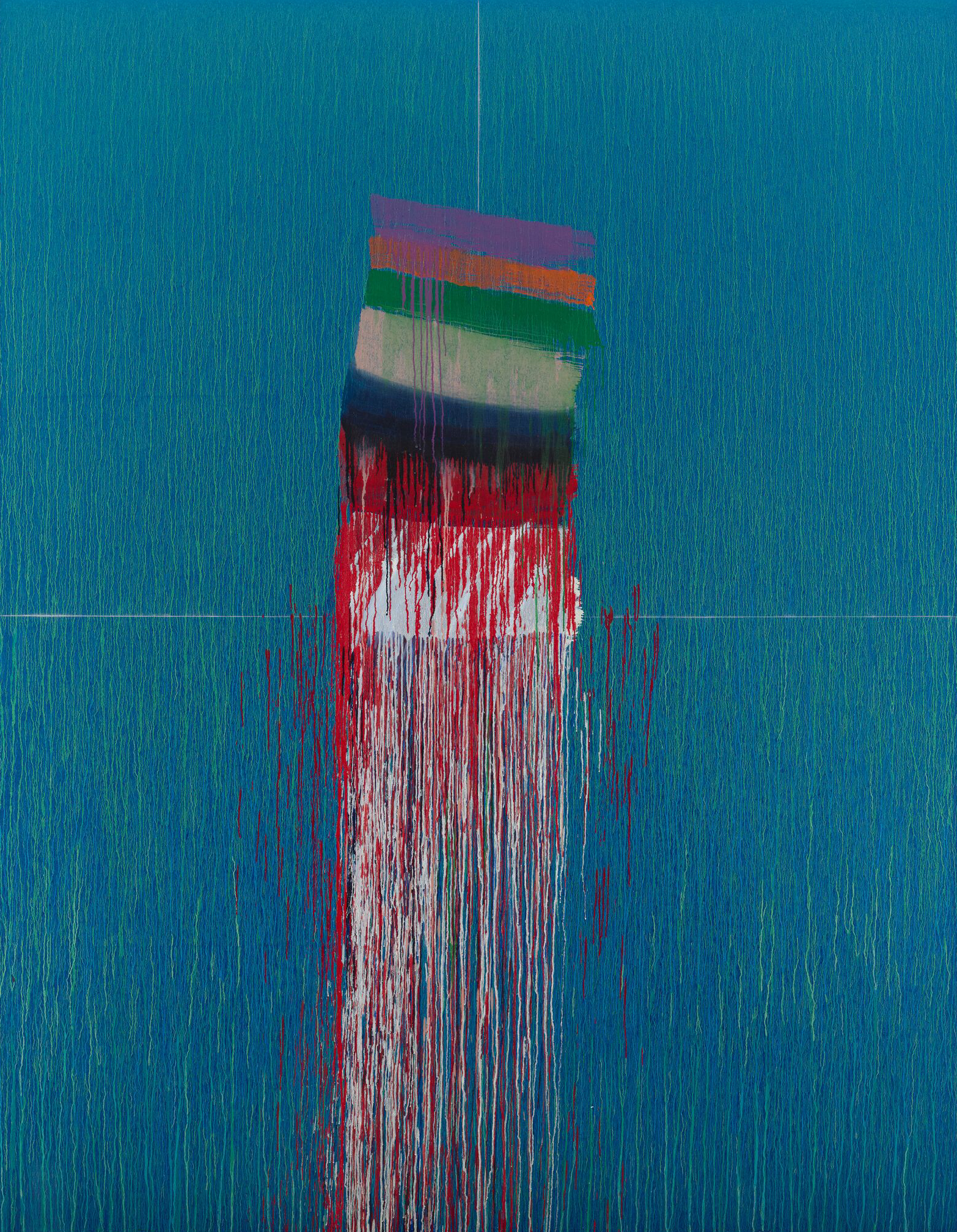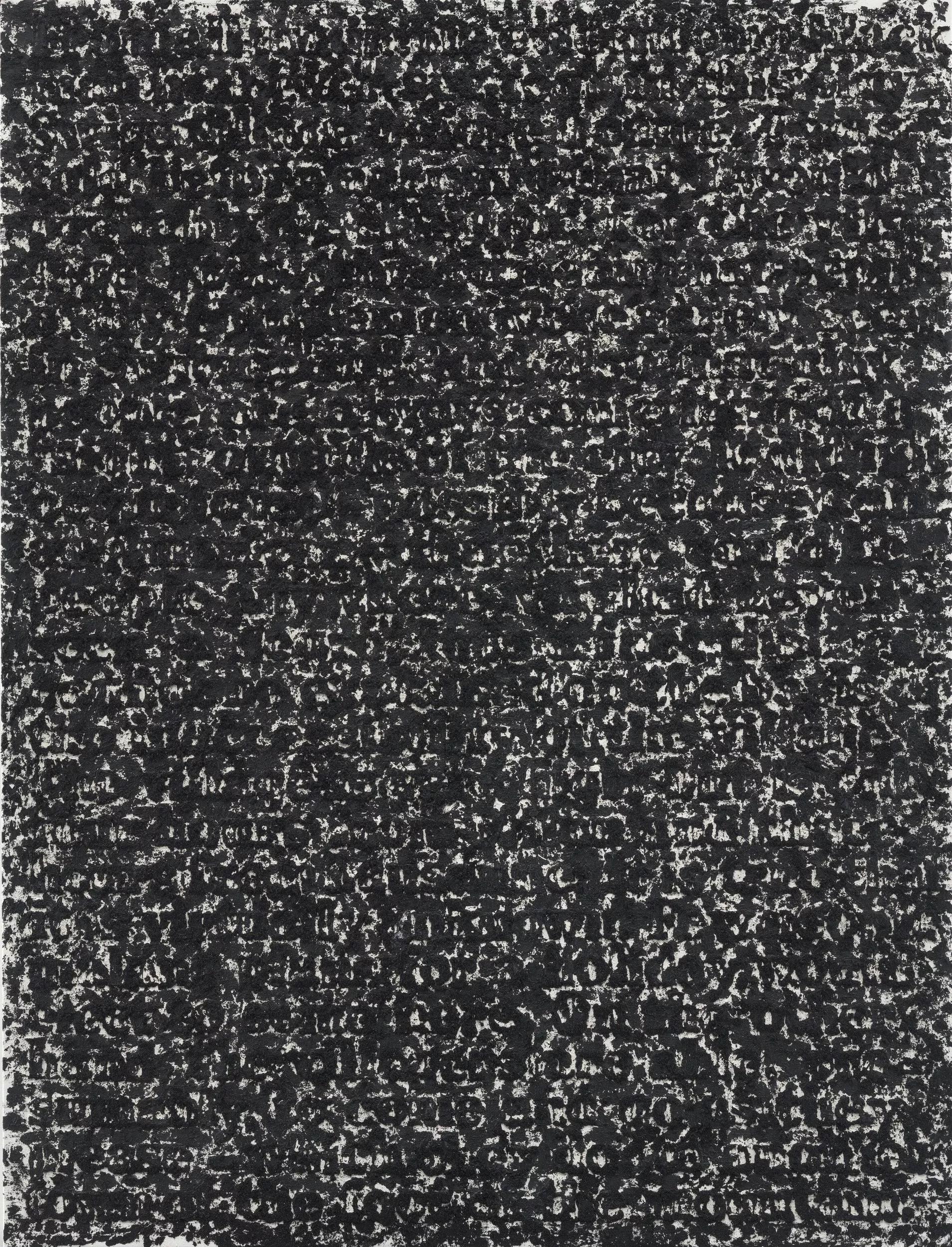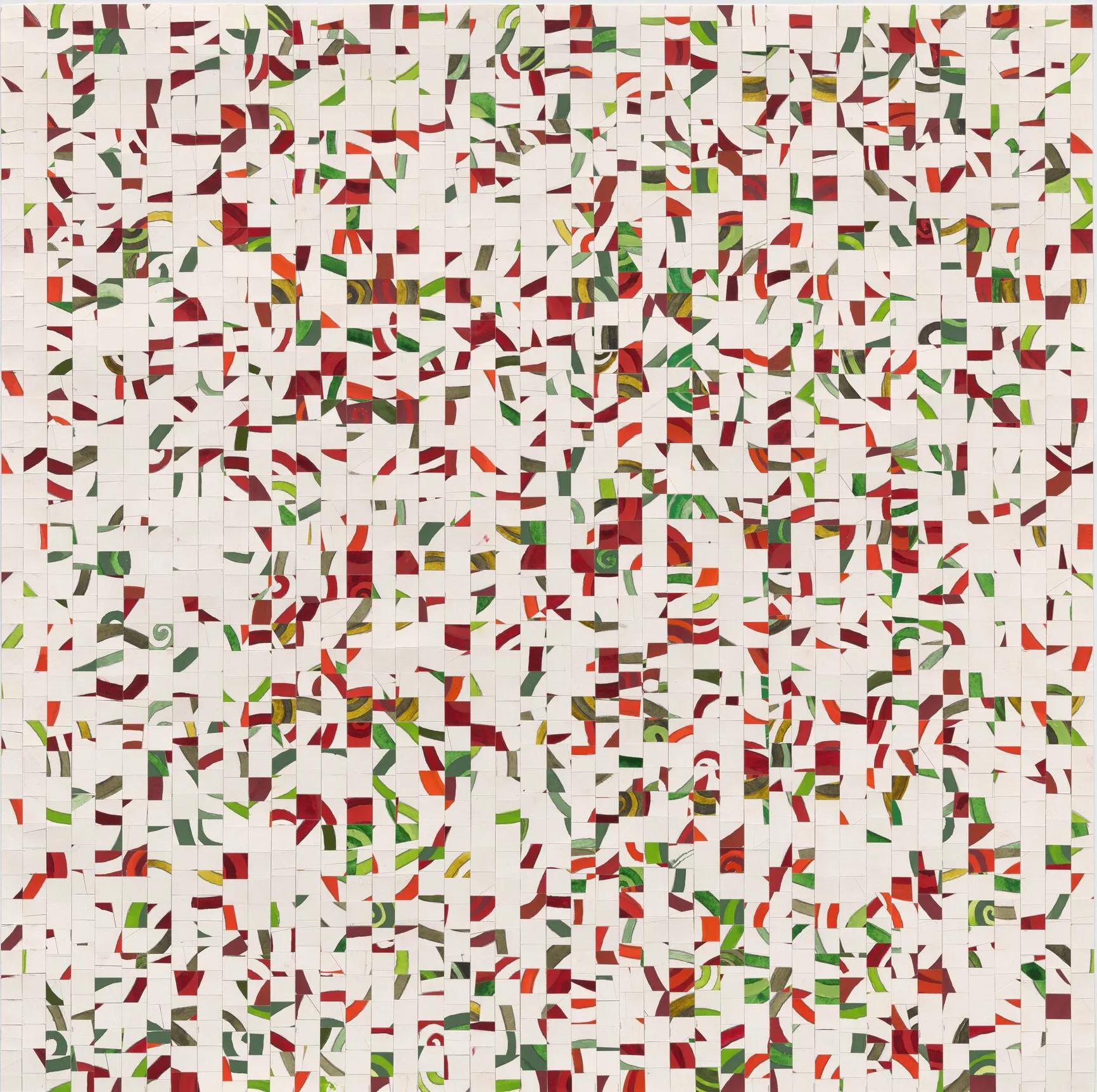RETROaction (part two)
27 February – 5 May 2024
Downtown Los Angeles
In the early 1990s a generation of artists in the United States were using exhibitions to draw attention to real-world crises: by the time Bill Clinton was inaugurated in January 1993, AIDS was officially the #1 cause of death for men aged 25 – 44 in the country; the Los Angeles uprising had been declared the most destructive period of local unrest in US history; and the Culture Wars were in full force, after the Robert Mapplethorpe ‘obscenity’ hearing marked the nation’s first criminal trial over content in an exhibition. Terms such as multiculturalism, identity politics and marginalization signified spaces of contestation, while in art, the market had collapsed following a global recession, causing an unprecedented number of galleries to shutter.
RETROaction travels to Los Angeles from the gallery's 69th Street location in New York, where the exhibition celebrated the transformative impact of the artists presented in the 1993 Biennial Exhibition at the Whitney Museum of American Art in New York and ‘The Theater of Refusal: Black Art and Mainstream Criticism.’ Click here to explore ‘part one.’
On the occasion of ‘RETROaction,’ an exhibition presented in two parts at Hauser & Wirth New York and Los Angeles, Ursula presents a pair of films that look back at two seminal shows from 1993: the Whitney Biennial and ‘The Theater of Refusal.’
It was in this context that artist Charles Gaines developed the exhibition ‘The Theater of Refusal: Black Art and Mainstream Criticism’ for the University Art Gallery at the University of California, Irvine, in close collaboration with the gallery’s director, Catherine Lord. Presenting works by Jean-Michel Basquiat, Renée Green, David Hammons, Ben Patterson, Adrian Piper, Sandra Rowe, Gary Simmons, Lorna Simpson, Carrie Mae Weems, Pat Ward Williams and Fred Wilson—all little known artists at that time—‘The Theater of Refusal’ intended to ‘reveal the strategies of marginalization and to propose an alternative,’ as Gaines described his approach then. Integral to the show was a reading room, for which Gaines accumulated articles and reviews about the participating artists that he highlighted to reveal limitations in the discourse of marginality and its instrumentalization by mainstream criticism.
Now is the time…
Art-works have long memories and art-shows have long histories, but the lasting impressions they leave come not from the accumulation of time, but from the imminent moment in which they break through the time-barrier. We return to important works of art, or significant art-events, because the history and memory of their presence inspire an iterative ‘present’—a recurring sense, caused by the breaking of the time-barrier, that now is the time of their reckoning and reconstruction. Now-ness creates an uncanny sense for the viewer, curator and critic, that the significance of these works lies not in what ‘more’ could be said about them from our perspective, but by delving into what was once fugitively figured in these works and that breaks-through now with an impending, imminent visibility.
‘It's not that what is past casts its light on what is present, or what is present its light on what is past; rather, image is that wherein what has been comes together in a flash with the now to form a constellation.’—Walter Benjamin
At this point, when the new constellation emerges now, we don’t turn back in time but fast-forward the past. Art and artists walk back and forth, entering and exiting the site of tension, all the while engaging with constellations that have come together in a flash.
—Homi K. Bhabha

On the occasion of the 30th anniversary of ‘The Theater of Refusal’—in a social and political context that bears many similarities—this exhibition in downtown LA looks back at that seminal project and continues the theoretical investigation to understand its resonances today. Co-curator Homi K. Bhabha has called this process ‘retroaction.’ He suggests, ‘A conventional retrospective looks back from the summit of the present to synthesize the past by giving it a culminating shape. In contrast, ‘RETROaction’ brings forth the legacies of ‘The Theater of Refusal’ in the early 1990s to interact with the lessons and lesions of art today. It takes a view of the present in all its decolonizing tumult—racial violence, pandemics, climate catastrophe, migration and displacement—pinpointing a critical moment of transition in the ‘90s from which to move forward.’
Installation view of ‘The Theater of Refusal: Black Art and Mainstream Criticism,’ organized by Charles Gaines, University Art Gallery (UAG), University of California, Irvine, 1993. From left: David Hammons, African American Flag, 1990; Renée Green, Blue Skies, 1990; Gary Simmons, Us & Them, 1990; Pat Ward Williams, 32 Hours in a Box . . . and Still Counting, 1988. Photo: Catherine Opie
‘RETROaction’ presents works from the early 1990s by Charles Gaines, Lorna Simpson and Gary Simmons, who all participated in the original ‘The Theater of Refusal: Black Art and Mainstream Criticism,’ as well as a new iteration of the exhibition, this time subtitled ‘Black Art and Reconstitution,’ presenting the work of ten artists who all embrace abstraction and materiality in their practice, selected by art historian, Ellen Tani, together with Gaines.
‘RETROaction’ is a project initiated at Hauser & Wirth with the prominent Harvard academic, Homi K. Bhabha, to explore the ‘nowness’ of art and critical concepts from the recent past in dialogue with artists who work with the gallery: it posits that our current time is one for retroaction more than retrospection. The first iteration of the project created a smaller presentation of the ‘The Theater of Refusal: Black Art and Reconstitution’ and also explored the Whitney Biennial in 1993—a show that has subsequently been recognized as establishing many terms that underpin our current cultural debates. Artists included: Ida Applebroog, Charles Gaines, Mike Kelley, Zoe Leonard, Glenn Ligon, Cindy Sherman, Lorna Simpson and Gary Simmons, with Kevin Beasley, Torkwase Dyson, Leslie Hewitt and Rashid Johnson.
RETROACTION SYMPOSIUM: ‘NOW-NESS’ AND PROPHETIC CRITICISM
Celebrating the the exhibition ‘RETROaction’ at our New York, 69th street gallery, we hosted an afternoon symposium at The Roosevelt House Public Policy Institute at Hunter College on themes of ‘Now-ness’ and Prophetic Criticism.
‘We speak less now of marginalization and refusal than of the world systems—historic and ongoing—that undergird those processes: capitalism, colonialism, racism. We consider Bhabha’s description of the way we can think of past work and its relation to the present moment through an investigation of strategies of marginalization from the ‘90s and how it has transitioned into a critical space—30 years later—now dominated by the issues of decoloniality, which in turn gives representation to those suppressed ideas of the ‘90s,’ says Gaines. ‘We chose to undertake an investigation of abstract art produced by Black artists to show that the controversies around representation—a significant context for the marginalization of their practices—continues today. Like the original project, ‘The Theater of Refusal: Black Art and Reconstitution’rethinks structures of artistic knowledge and the critical discourse that surrounds it.’
—Charles Gaines & Ellen Tani

‘RETROaction’ at Hauser & Wirth, 69th Street
Explore Part One
RETROaction travels to Los Angeles from the gallery's 69th Street location in New York, where the exhibition celebrated the transformative impact of the artists presented in the 1993 Biennial Exhibition at the Whitney Museum of American Art in New York and ‘The Theater of Refusal: Black Art and Mainstream Criticism.’

On view in Downtown Los Angeles
‘RETROaction (part two)’ is on view now through 5 May 2024 at Hauser & Wirth Downtown Los Angeles. Please visit our location page to plan your visit.
Current Exhibitions
1 / 6





